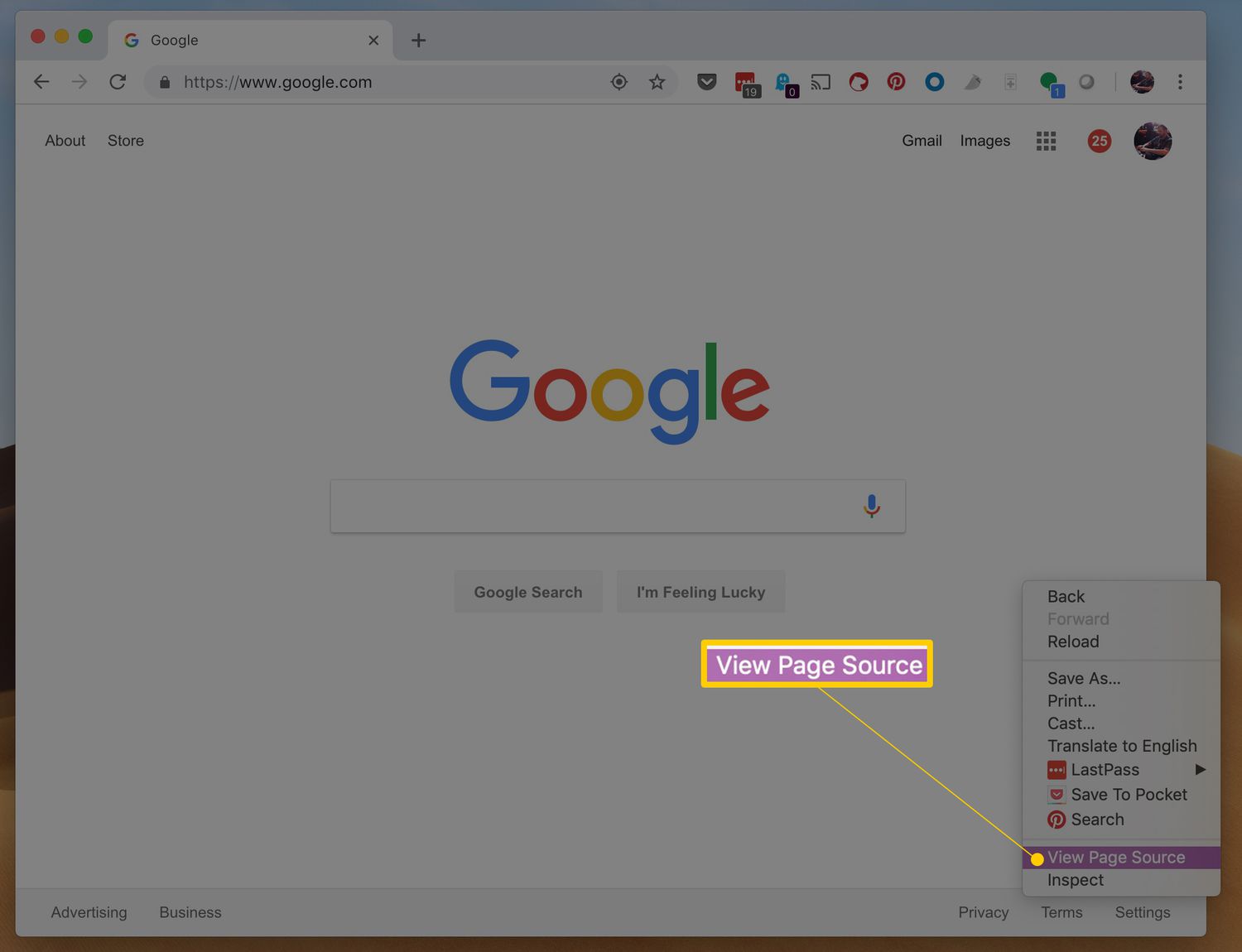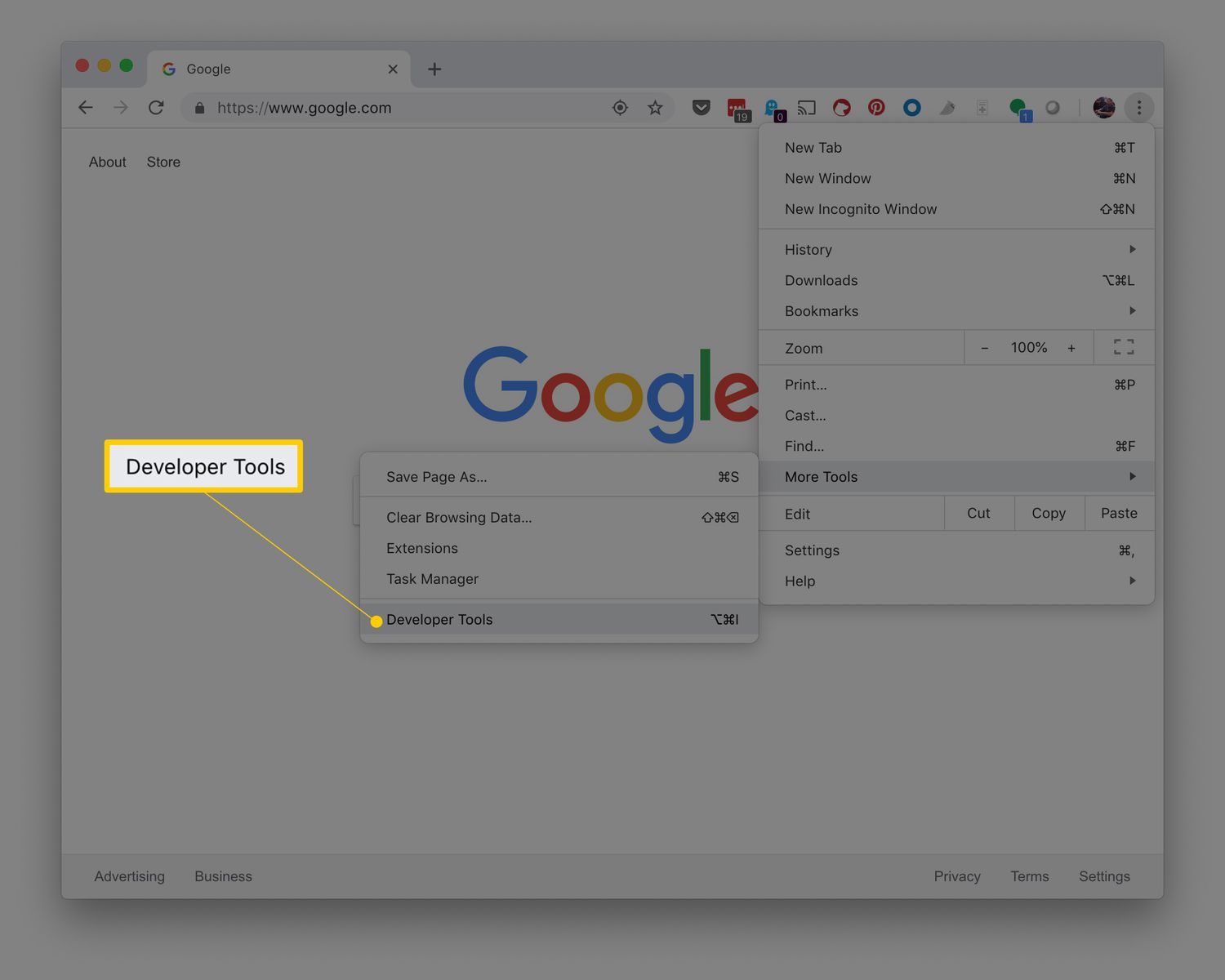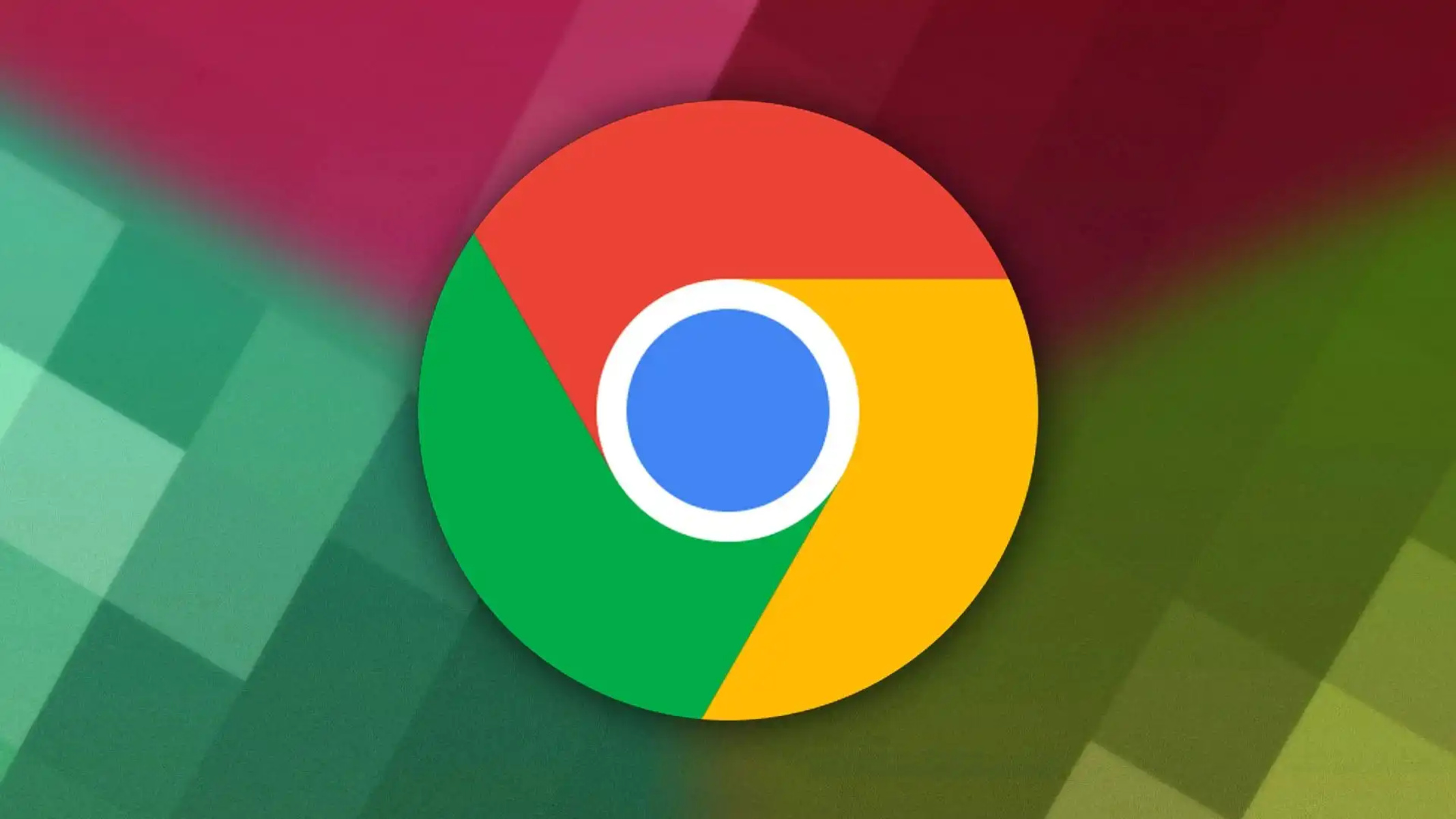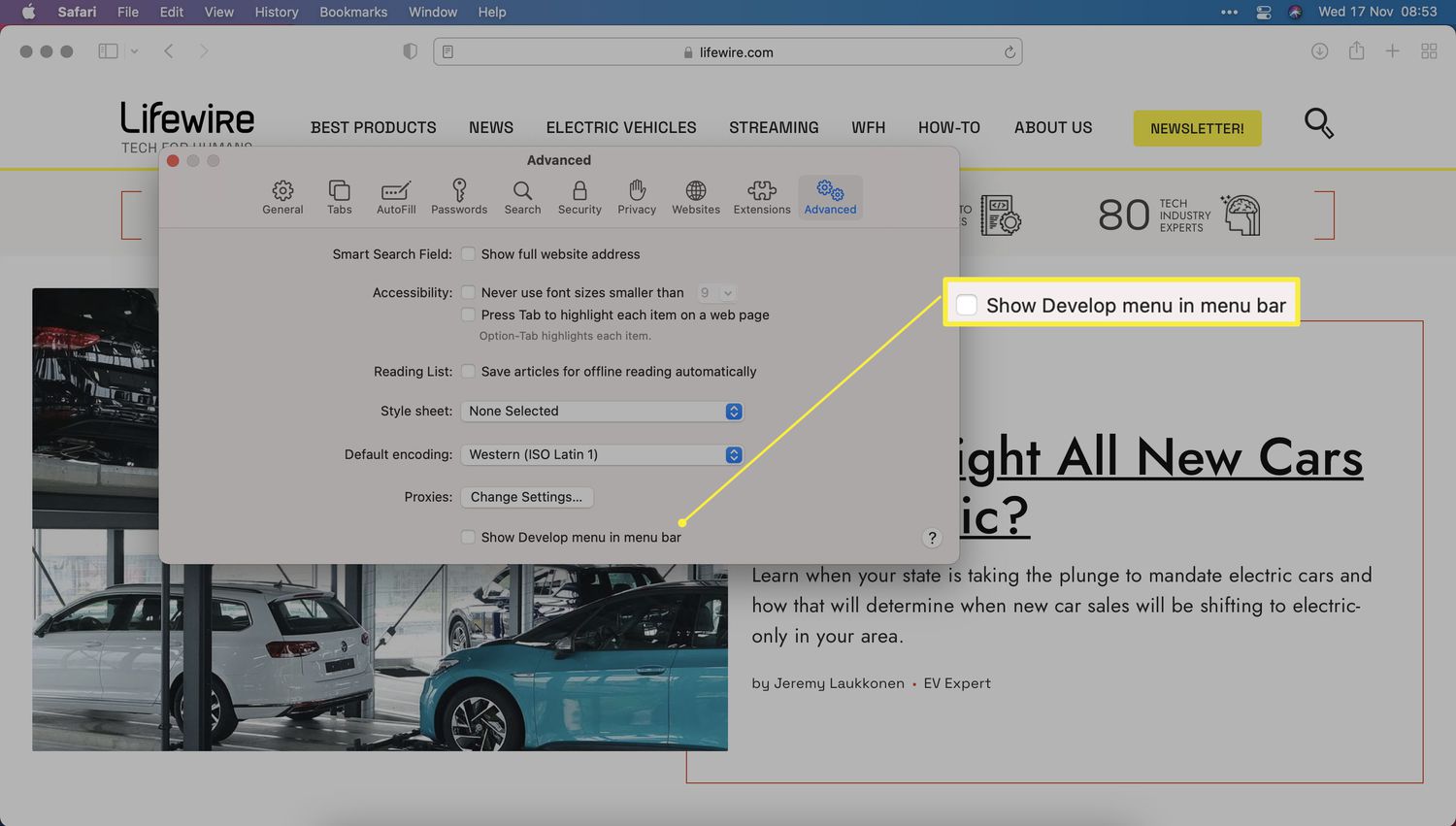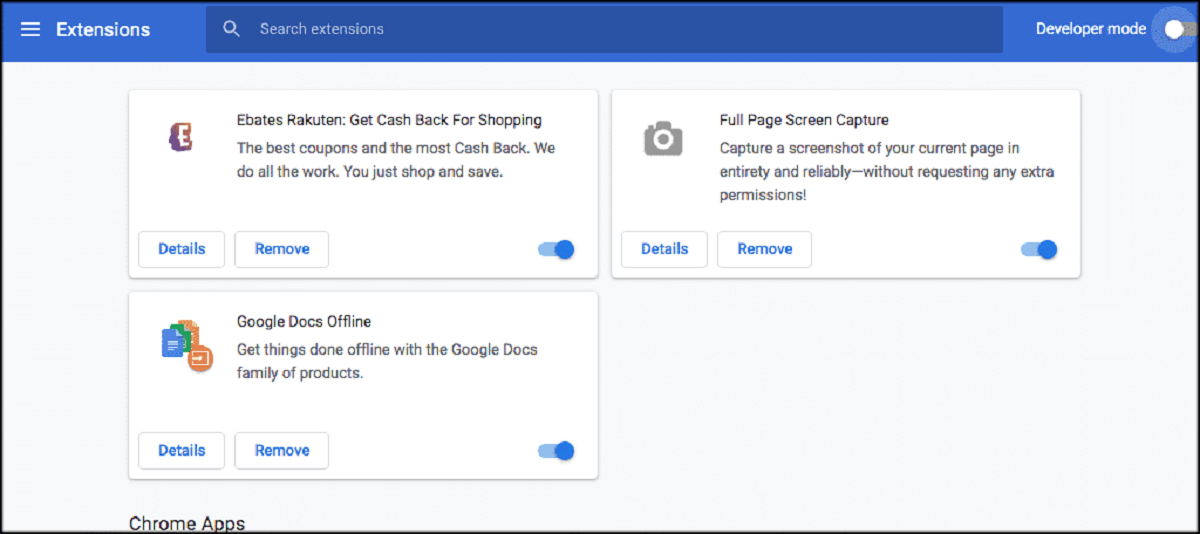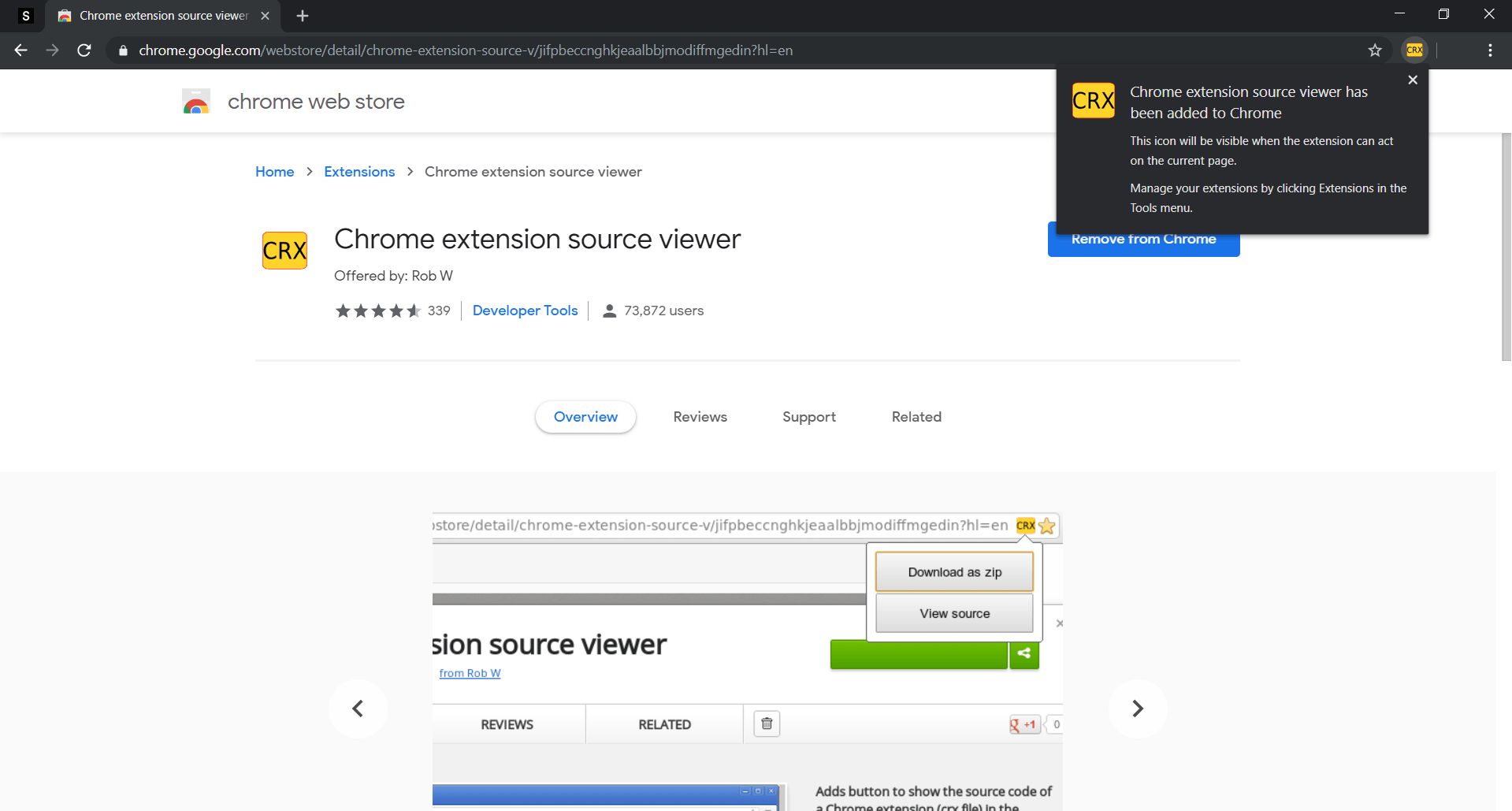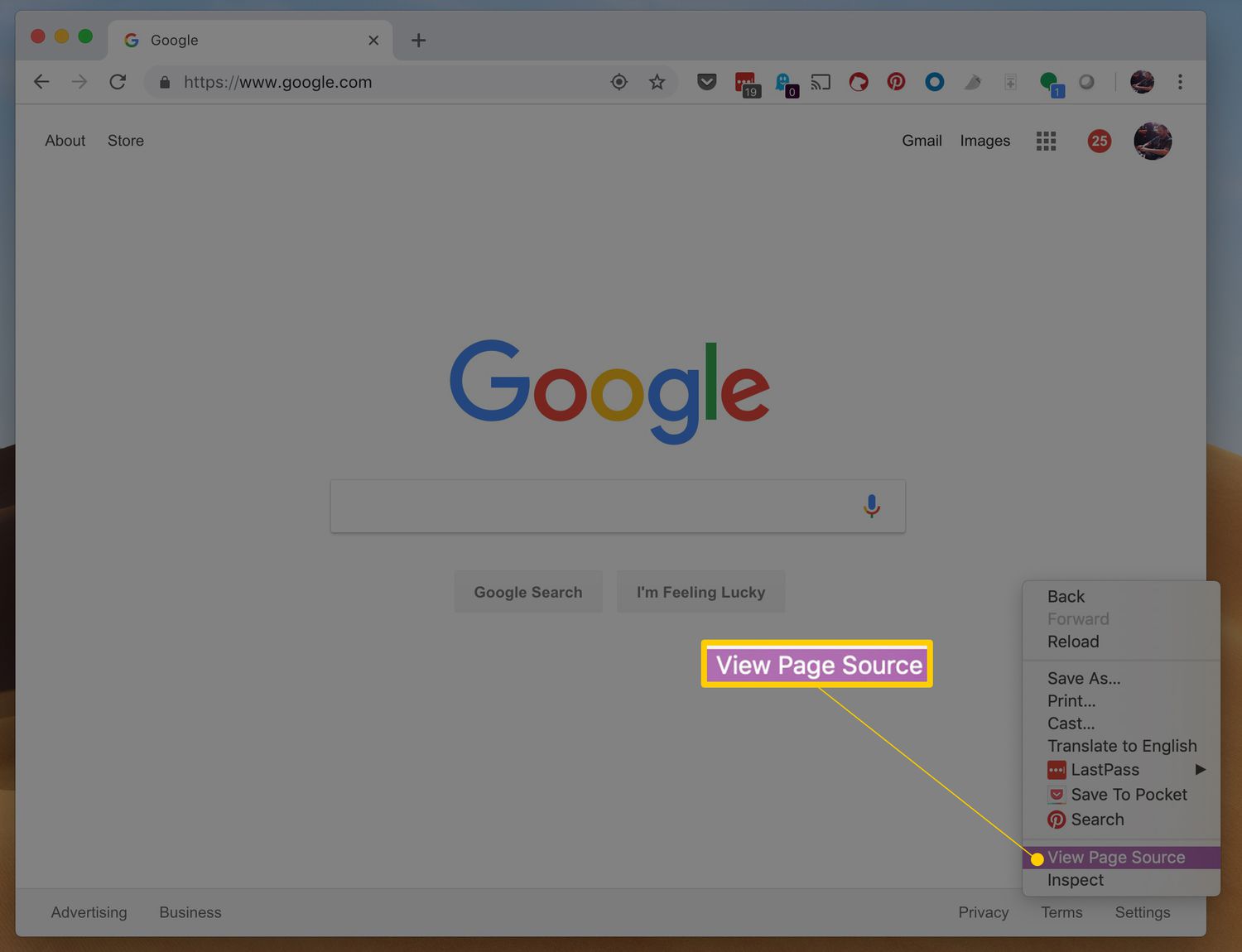Introduction
Opening HTML code in Chrome can be a valuable skill for web developers, designers, and anyone curious about the underlying structure of a webpage. By accessing the HTML code, you can gain insights into how a website is constructed, troubleshoot issues, and even make modifications if necessary. Fortunately, there are several methods to achieve this, ranging from built-in browser features to third-party tools. In this article, we will explore three effective methods for opening HTML code in Chrome, catering to different preferences and technical proficiencies.
Understanding HTML code is akin to peeking behind the curtains of a theatrical performance. It unveils the intricate framework that supports the visual spectacle of a webpage, revealing the tags, attributes, and content that shape its appearance and functionality. Whether you are a budding web developer eager to dissect the code of your favorite websites or a seasoned professional seeking to optimize performance, the ability to open and analyze HTML code in Chrome is a fundamental skill that can empower your digital endeavors.
Now, let's delve into the methods that will enable you to uncover the HTML code within Chrome, providing you with a deeper understanding of the web pages you interact with and the tools to enhance your digital experiences.
Method 1: Using the "View Page Source" Option
One of the most straightforward ways to open HTML code in Chrome is by utilizing the built-in "View Page Source" feature. This method provides a quick and accessible way to inspect the underlying HTML structure of a webpage without the need for additional tools or extensions.
To access the HTML code using the "View Page Source" option, follow these simple steps:
-
Navigate to the Webpage: Open Google Chrome and visit the webpage for which you want to view the HTML code.
-
Access the Context Menu: Right-click anywhere on the webpage to open the context menu. Alternatively, you can press "Ctrl + U" on your keyboard (or "Command + Option + U" on Mac) to directly open the page source in a new tab.
-
Select "View Page Source": Within the context menu, locate and click on the "View Page Source" option. This action will open a new tab displaying the HTML code of the webpage.
Upon selecting "View Page Source," the HTML code of the webpage will be presented in a new tab, allowing you to explore the structure, tags, and content that comprise the page. This method provides a convenient way to inspect the code without the need for additional software or technical expertise.
By using the "View Page Source" option, you can gain valuable insights into how the webpage is constructed, identify specific elements, and understand the relationships between different components. This knowledge can be particularly beneficial for web developers, designers, and individuals seeking to deepen their understanding of web technologies.
In addition to examining the HTML code, the "View Page Source" option also enables you to access and analyze the accompanying CSS and JavaScript code, providing a comprehensive view of the webpage's frontend implementation.
Overall, the "View Page Source" option in Chrome serves as a user-friendly gateway to the underlying HTML code of webpages, offering a convenient way to explore and comprehend the structural foundation of the digital content we interact with on a daily basis.
Method 2: Using Developer Tools
Utilizing Chrome's Developer Tools presents a powerful and versatile approach to accessing and analyzing HTML code. This method offers a comprehensive suite of features that enable users to inspect, edit, and debug the frontend components of webpages, including the underlying HTML structure.
To open HTML code using Developer Tools, follow these steps:
-
Access Developer Tools: While on the webpage you wish to inspect, right-click anywhere on the page and select "Inspect" from the context menu. Alternatively, you can press "Ctrl + Shift + I" (Windows/Linux) or "Cmd + Option + I" (Mac) to open Developer Tools.
-
Navigate to the Elements Panel: Once Developer Tools is open, navigate to the "Elements" panel. This section provides a detailed view of the HTML code, displaying the document object model (DOM) of the webpage.
-
Explore the HTML Structure: Within the Elements panel, you can explore the hierarchical structure of the HTML code, view individual elements, and inspect their attributes and content. By expanding and collapsing different sections, you can gain a comprehensive understanding of how the webpage is constructed.
-
Edit and Experiment: Developer Tools allows you to dynamically edit the HTML code, enabling you to make temporary modifications and observe their impact on the webpage's appearance and behavior. This feature is particularly useful for experimenting with design changes or troubleshooting layout issues.
-
Inspect CSS and JavaScript: In addition to the HTML code, Developer Tools provides access to the accompanying CSS and JavaScript files, allowing you to analyze and modify these components to further understand the webpage's frontend implementation.
By leveraging Developer Tools, users can gain a deep understanding of the HTML structure, identify potential optimization opportunities, and troubleshoot frontend issues effectively. This method empowers web developers, designers, and enthusiasts to interact with web content at a granular level, fostering a deeper appreciation for the intricacies of digital design and development.
In summary, the utilization of Developer Tools in Chrome offers a dynamic and immersive approach to opening and exploring HTML code, providing a rich set of features that facilitate in-depth analysis and manipulation of the frontend components of webpages. Whether you are seeking to refine your web development skills or simply curious about the inner workings of your favorite websites, Developer Tools serves as a gateway to the captivating world of HTML code and frontend design.
Method 3: Using a Text Editor and Browser Extension
Another effective method for opening and analyzing HTML code in Chrome involves the use of a text editor and a dedicated browser extension. This approach provides a comprehensive and customizable environment for inspecting, editing, and saving HTML code, catering to the preferences of users who prefer working with external tools and extensions.
To utilize a text editor and browser extension for accessing HTML code in Chrome, follow these steps:
-
Select a Text Editor: Choose a text editor that suits your preferences and workflow. Popular options such as Sublime Text, Visual Studio Code, or Atom offer robust features for editing and managing HTML code. Install the text editor on your computer if you haven't already done so.
-
Install a Browser Extension: Explore the Chrome Web Store to find a browser extension that facilitates the seamless transfer of HTML code from webpages to your chosen text editor. Extensions such as "Copy as Plain Text" or "Copy HTML" are designed to streamline this process, allowing you to extract and transfer HTML code with ease.
-
Navigate to the Webpage: Open Google Chrome and visit the webpage for which you want to access the HTML code.
-
Use the Browser Extension: Once the webpage is loaded, activate the browser extension by clicking on its icon in the Chrome toolbar. Select the option to copy the HTML code or open the page source in your text editor.
-
Analyze and Edit in the Text Editor: The HTML code from the webpage will be transferred to your chosen text editor, where you can analyze, edit, and save it as needed. The text editor provides a familiar and feature-rich environment for working with HTML code, offering syntax highlighting, code folding, and other functionalities to enhance your workflow.
By leveraging a text editor and browser extension, users can seamlessly transition from web browsing to HTML code analysis and manipulation, integrating external tools to augment their capabilities. This method empowers individuals who prefer the flexibility and advanced features offered by text editors, enabling them to delve into the intricacies of HTML code with precision and efficiency.
In summary, the combination of a text editor and a dedicated browser extension presents a versatile and customizable approach to opening and working with HTML code in Chrome. By bridging the gap between web content and external editing environments, this method caters to the diverse needs and preferences of users, fostering a seamless and productive workflow for inspecting and manipulating HTML code.
Conclusion
In conclusion, the ability to open and analyze HTML code in Chrome is a valuable skill that empowers individuals across various disciplines, from web development and design to digital marketing and content creation. By exploring the three distinct methods outlined in this article, users can gain a deeper understanding of the underlying structure of webpages, fostering a more profound appreciation for the intricacies of digital content and frontend design.
The "View Page Source" option serves as a user-friendly entry point for individuals seeking to peek behind the curtains of web development. With a simple right-click or keyboard shortcut, users can unveil the HTML code of a webpage, gaining insights into its foundational elements and structure. This method is particularly accessible to beginners and non-technical users, providing a quick and intuitive way to explore the code that underpins the web content they interact with daily.
Developer Tools, on the other hand, offers a dynamic and immersive approach to HTML code analysis. With features for inspecting, editing, and debugging frontend components, Developer Tools caters to the needs of web developers, designers, and enthusiasts who seek to interact with web content at a granular level. The ability to dynamically edit the HTML code and observe real-time changes empowers users to experiment with design modifications and troubleshoot layout issues effectively.
Furthermore, the utilization of a text editor and browser extension provides a customizable and seamless workflow for individuals who prefer working with external tools. By integrating text editors with dedicated browser extensions, users can effortlessly transfer HTML code from webpages to their preferred editing environment, where they can analyze, edit, and save the code with precision and efficiency. This method accommodates the diverse preferences and workflows of users, offering a flexible approach to HTML code manipulation.
In essence, the methods presented in this article cater to a wide spectrum of users, from beginners seeking a user-friendly introduction to HTML code to seasoned professionals looking for advanced tools to enhance their workflow. By mastering the art of opening HTML code in Chrome, individuals can unlock a deeper understanding of web technologies, refine their development skills, and gain valuable insights that can elevate their digital experiences.
Whether you are a curious enthusiast eager to unravel the mysteries of web design or a seasoned developer striving for excellence, the ability to open and analyze HTML code in Chrome is a gateway to a world of digital discovery and innovation. Embracing these methods empowers individuals to engage with web content at a profound level, fostering a deeper connection with the digital landscape that shapes our online experiences.







